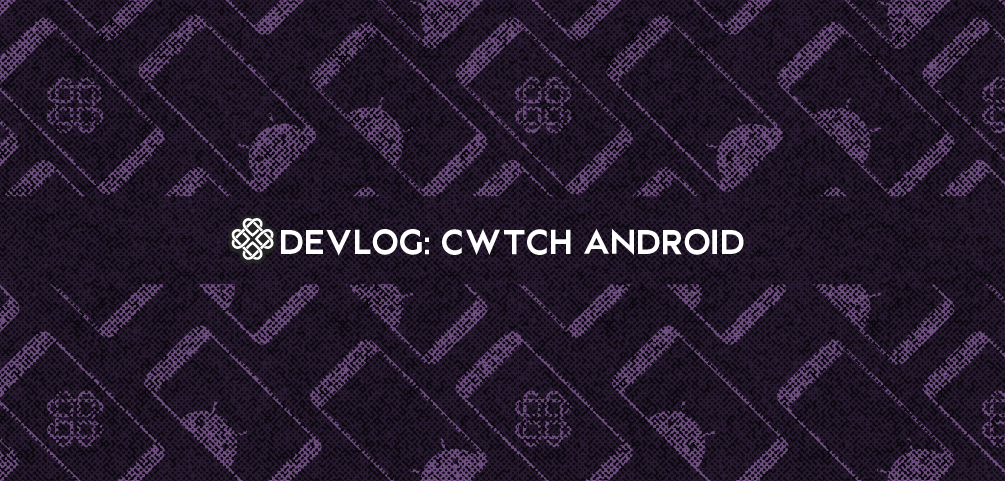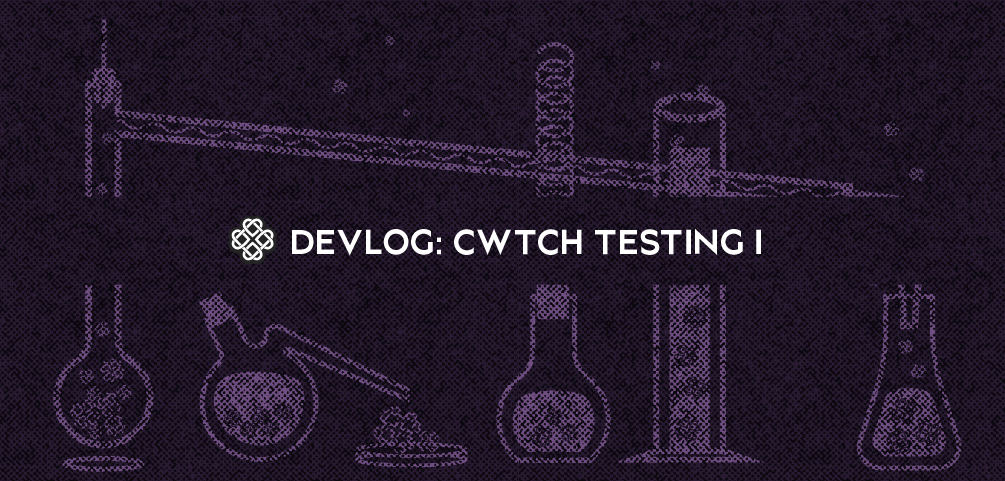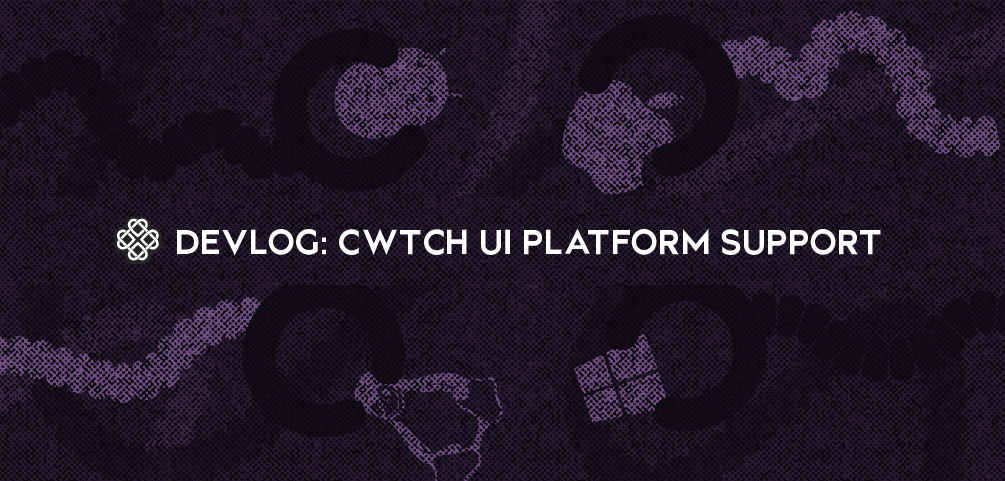Cwtch grew out of a prototype and has been allowed to evolve over time as we discovered better ways of implementing safe and secure metadata resistant communications.
As we grew, we inserted experimental functionality where it was most accessible to place - not, necessarily, where it was ultimately best to place it - this has led to some degree of overlapping, and inconsistent, responsibilities across Cwtch software packages.
As we move out of Beta and towards Cwtch Stable it is time to revisit these previous decisions with both the benefit of hindsight, and years of real-world testing.
In this post we will outline our plans for the Cwtch API that realign responsibilities, and explicitly enable new functionality to be built in a modular, controlled, and secure way. In preparation for Cwtch Stable, and beyond.






